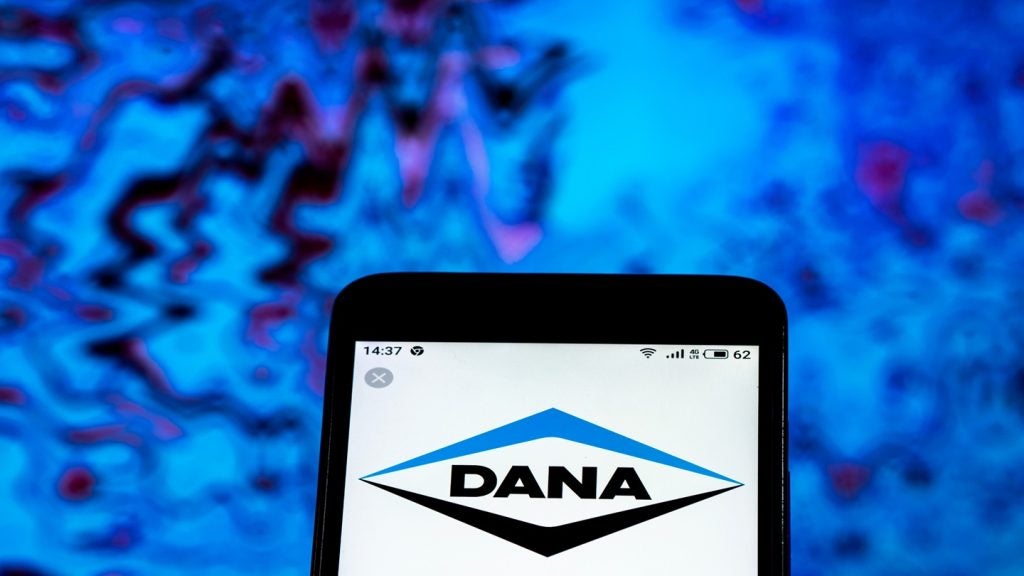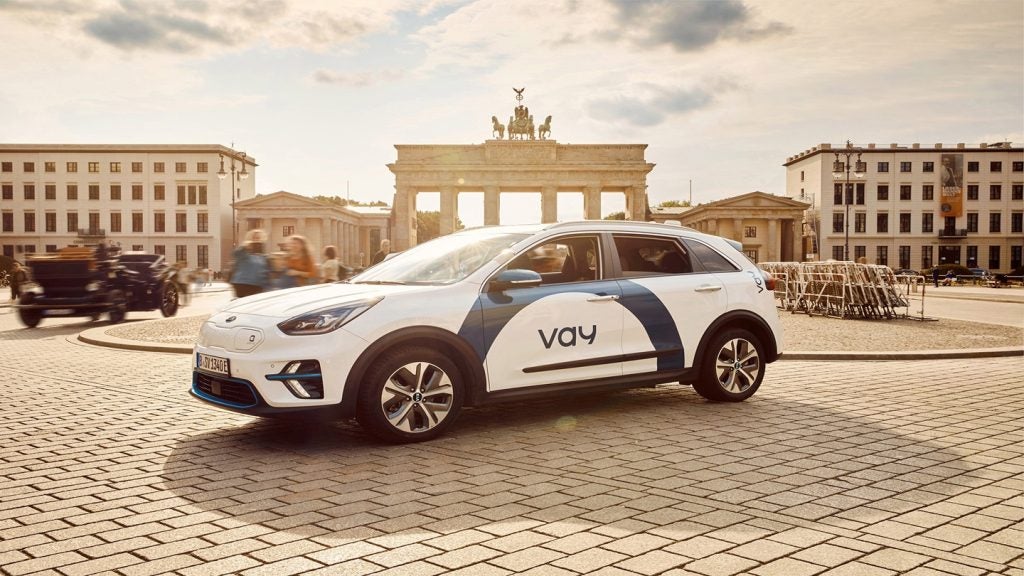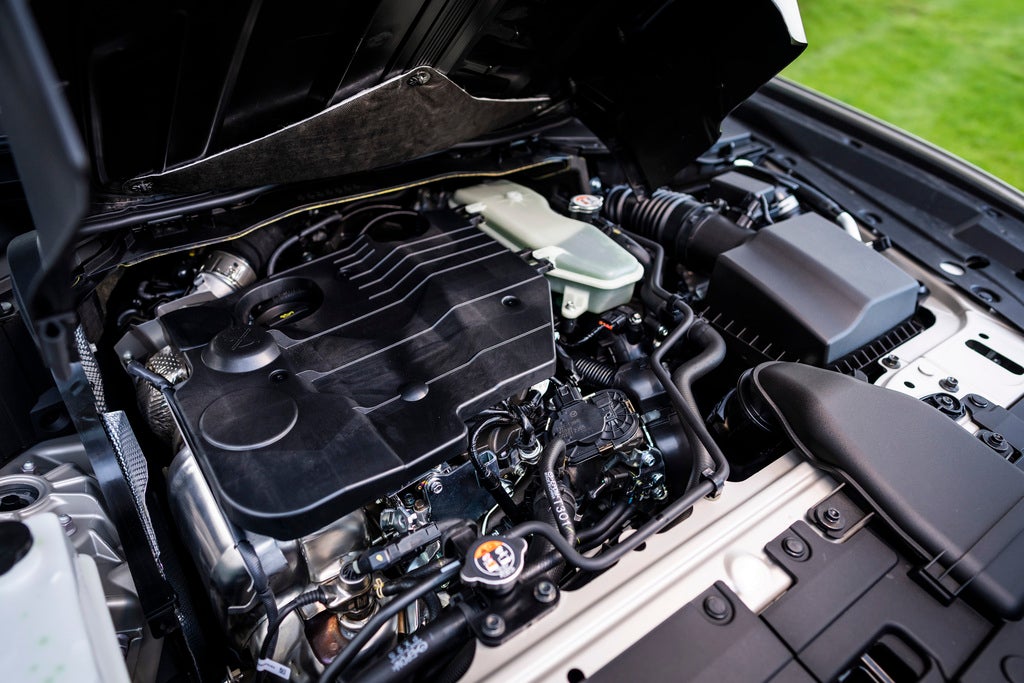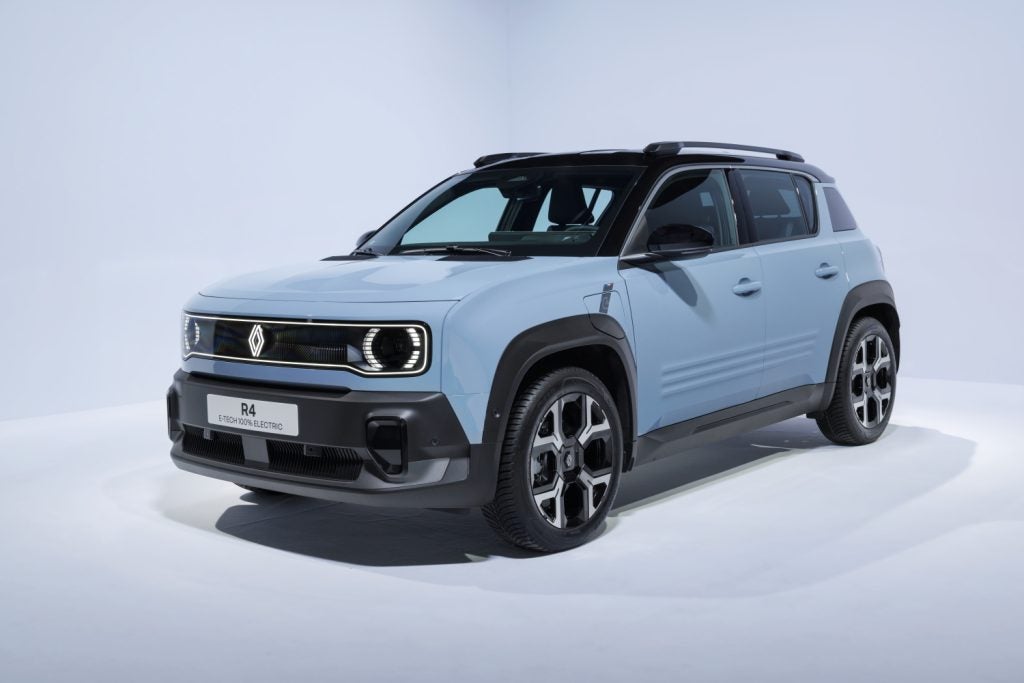 Global automobile production remains inexplicably high, but profit has not followed suit. Many observers believe that the auto industry has to confront another round of consolidation. There is speculation that events at Fiat could herald a new wave. Fiat’s debt has gone close to the status of junk bonds as the financial crisis at its carmaking division, Fiat Auto, has accelerated. Rob Golding reviews developments.
Global automobile production remains inexplicably high, but profit has not followed suit. Many observers believe that the auto industry has to confront another round of consolidation. There is speculation that events at Fiat could herald a new wave. Fiat’s debt has gone close to the status of junk bonds as the financial crisis at its carmaking division, Fiat Auto, has accelerated. Rob Golding reviews developments.
Table 1. The state of the nations
| Value rank | $bn | Sales | Mkt cap |
| Consolidators: | |||
2 | DaimlerChrysler | 160 | 46 |
5 | General Motors | 150 | 33 |
6 | Ford | 140 | 28 |
1 | Toyota | 100 | 106 |
8 | VW | 85 | 20 |
3 | Renault Nissan | 85 | 45 |
| Independents: | |||
4 | Honda | 60 | 41 |
7 | BMW | 50 | 26 |
9 | Peugeot | 45 | 13 |
10 | Hyundai | 40 | 8 |
11 | Porsche | 5 | 5 |
12 | MG Rover | 2 | n/a |
International players down to six
The number of significant international players in the world auto industry is down to six essentially: there are three American-German groups; one pure Japanese; one German; and one curious French-Japanese pairing. Ford, General Motors and DaimlerChrysler are all the same size if size is judged by sales. Each has annual revenue of around $150bn. Toyota – which has never strayed further into acquisition than mopping up the occasional small domestic competitor – sits alone at $100bn. Volkswagen and the unlikely pairing of Renault and Nissan both have income of $85bn. Although the union is nothing more than a cross shareholding, the two companies should be considered as one.
How well do you really know your competitors?
Access the most comprehensive Company Profiles on the market, powered by GlobalData. Save hours of research. Gain competitive edge.

Thank you!
Your download email will arrive shortly
Not ready to buy yet? Download a free sample
We are confident about the unique quality of our Company Profiles. However, we want you to make the most beneficial decision for your business, so we offer a free sample that you can download by submitting the below form
By GlobalData
And six independents
Then there are six remaining others – some of whom have made a lasting virtue out of independence. Honda is the most international with a manufacturing presence in the US, Europe and the Far East. Its geographic weightings make it stronger than some of the bigger group. BMW is similar though smaller and has tried unsuccessfully (Rover) to assimilate another culture. Porsche is the child of growing conspicuous wealth, has revelled in the last decade of growing economies and has a value beyond its size.
“Korea’s Hyundai is the strong man of the emerging market players” |
Positioning of the players
The table above shows how different are size and value. Toyota is worth the same as DaimlerChrysler, GM and Ford combined despite having only 22% of their combined sales. The revitalisation of Nissan under the remarkable control of Carlos Ghosn gives that company a market value identical to DaimlerChrysler with twice as much revenue. Honda is now ahead of Ford. BMW is close. The valuations show two things about the Japanese players: how much faith the domestic investors have in them, and the degree to which international investors believe in their ability to prosper in adversity.
Adversity abounds. It can be measured in sales, costs and pricing. The sales story is unhappy but still far from disastrous because in the major markets demand is falling gently rather than precipitously. In Western Europe, sales are down 2.8% year to date for the first four months. Local movements range from 13% down in Italy to 9% up in the UK.
In the US, sales year-to-date are down 2.6% with almost all the losses incurred by the Big Three domestic makers. Forecasts for the year expect a market of over 16m units which is still higher than the five year average.
The Japanese experience for the first quarter was little change from a year ago – showing some signs that the six-year fall is beginning to be arrested. Buyers are showing a more economical approach than hitherto and the mini-car market is up while the full-size cars are down.
Costs are up and pricing is down for the whole of the volume car industry worldwide In the US, GM has admitted in its last public statement that transaction prices for its vehicles are two per cent down. In Europe, Ford, GM, Toyota and Nissan are all struggling to make profits and have not been helped by the steady erosion of UK pricing under the impact of freer circulation of cars within Europe. Costs are up for everyone because of the research effort involved in managing legal requirements for emission, fuel consumption and end-of-life recycling .
Where are the active consolidators?
The big consolidators of the recent past are shown to have created very little value. The share price of DaimlerChrysler famously values Chrysler (the owner of Jeep) at zero when compared to the prevailing valuations of the two parts prior to merger. Shareholder appetite for further acquisition must also be at zero and the strategic focus of the company is breaking into China with a joint investment in manufacturing. The interest in Mitsubishi will probably remain a technical collaboration. Ford now contains Volvo, Mazda, Jaguar, Land-Rover and Aston Martin. The displacement of chief executive Jac Nasser by the ruling Ford dynasty has ended the acquisitive and diversification programme.
GM contains Opel, Vauxhall, Saab, half of Isuzu, 20% of both Suzuki and Subaru and its option to buy Fiat. It has bought the assets of the distressed Korean, Daewoo. VW is the Volkswagen, Audi, SEAT and Skoda family and has a new distraction in Bentley. The German group has done a masterful job of brand development but the cheaper brands of SEAT and Skoda are now cannibalising sales of VW. Analysts’ forecasts show little sales or profit growth for the group in the foreseeable future. The company has responded by forecasting a 50% sales rise in the US over four years.
Renault Nissan has a superb recent record in acquainting the Japanese end of the partnership with commercial realities – much against forecasts. It is unlikely yet to want to risk the share price rating with a distracting attempt to absorb another culture.
Fiat will test the mood of the industry
Fiat has operated for years as family dynasty. Other than a Peugeot-esque colonisation of South America its acquisitive inclination has been satisfied by a national solution for the Italian industry. It has acquired Lancia, Alfa Romeo and Ferrari. The management of those brands has not been exemplary. Lancia is reported to have generated nothing for the group since 1969. Fiat Auto losses is heading for another $500m loss this year – more than the profits from the whole of the rest of the Fiat industrial and commercial group. For the time being, bank debt restructuring has removed some of the urgency of a solution but
“car sales in Italy are falling fast and Fiat share within that is falling also” |
Some conclusions
GM paid $2.4bn for its 20% of Fiat Auto which is 42% by sales of the Fiat group, and the Fiat group is now worth only $7.6bn. Even if the loss-making vehicle division was to be valued on a par with the group, GM has lost three quarters of its investment. Worse, GM is required to buy the remaining 80% of Fiat Auto by 2004 if the Italians require it – making the combined entity Europe’s largest volume carmaker. If GM wants to avoid being the biggest player in an unprofitable business, it will have to find another consolidator to take the problem away. That may be a fruitless search.
Rob Golding
This article first appeared in the Oxford Analytica Daily Brief







